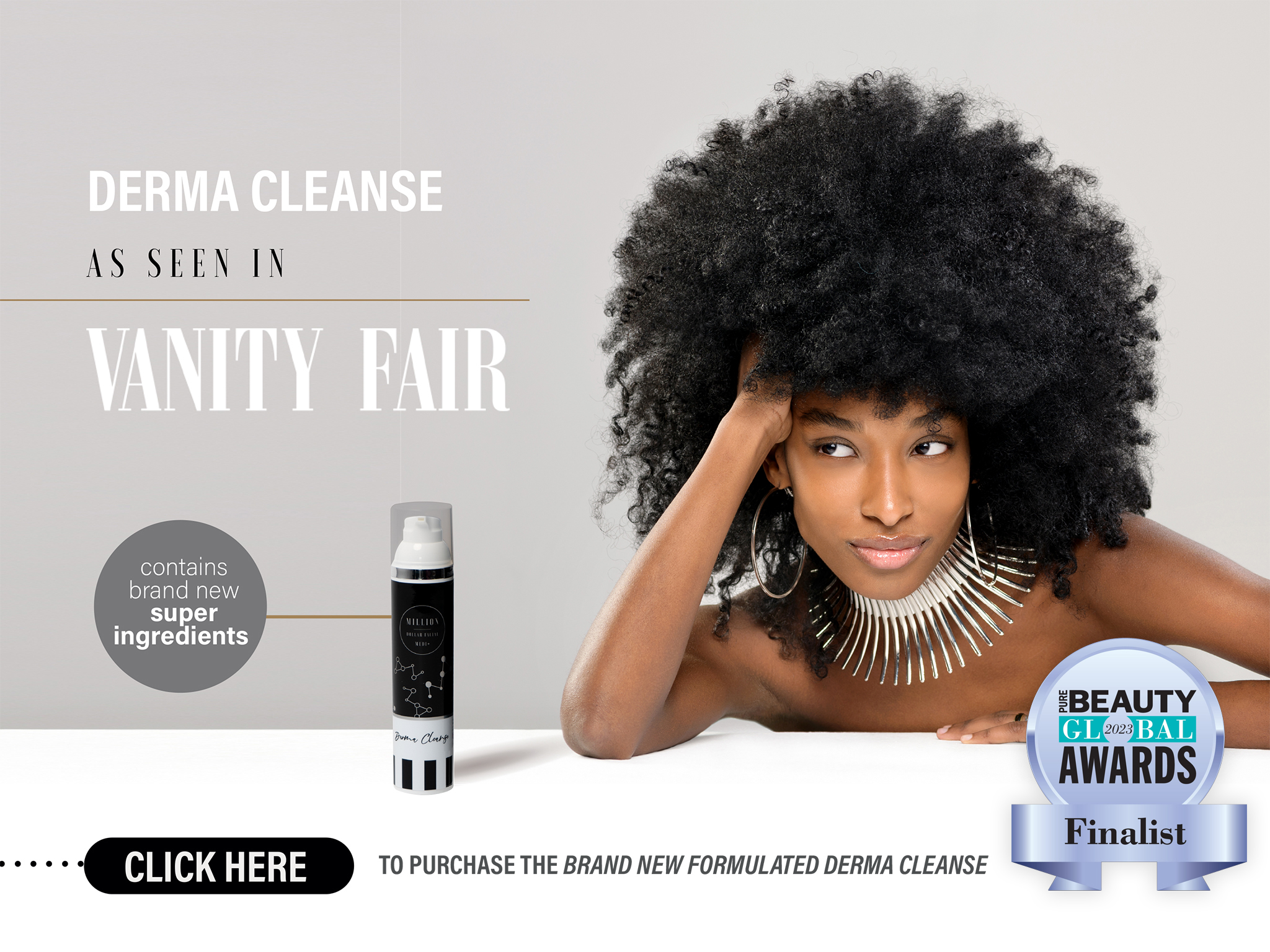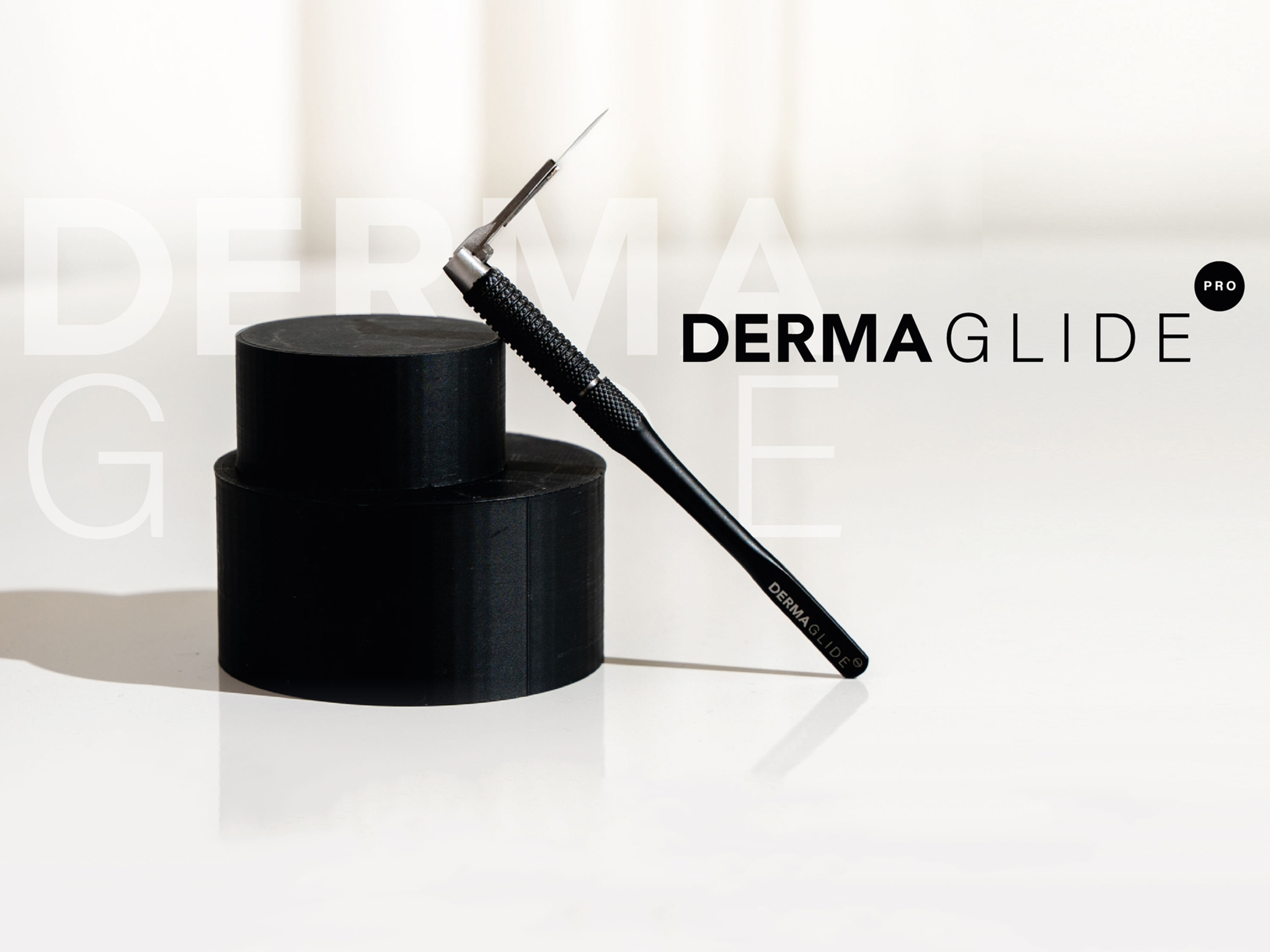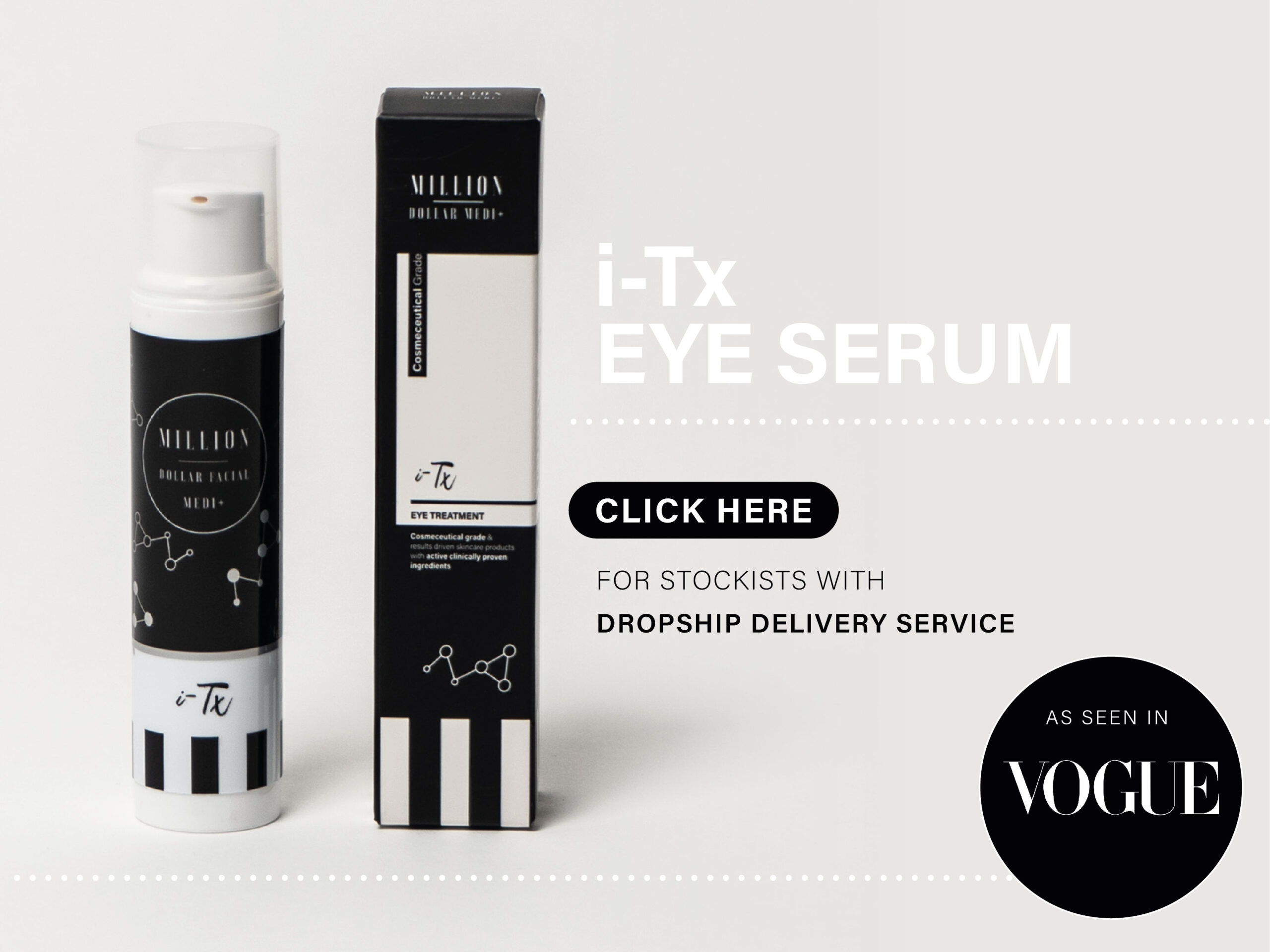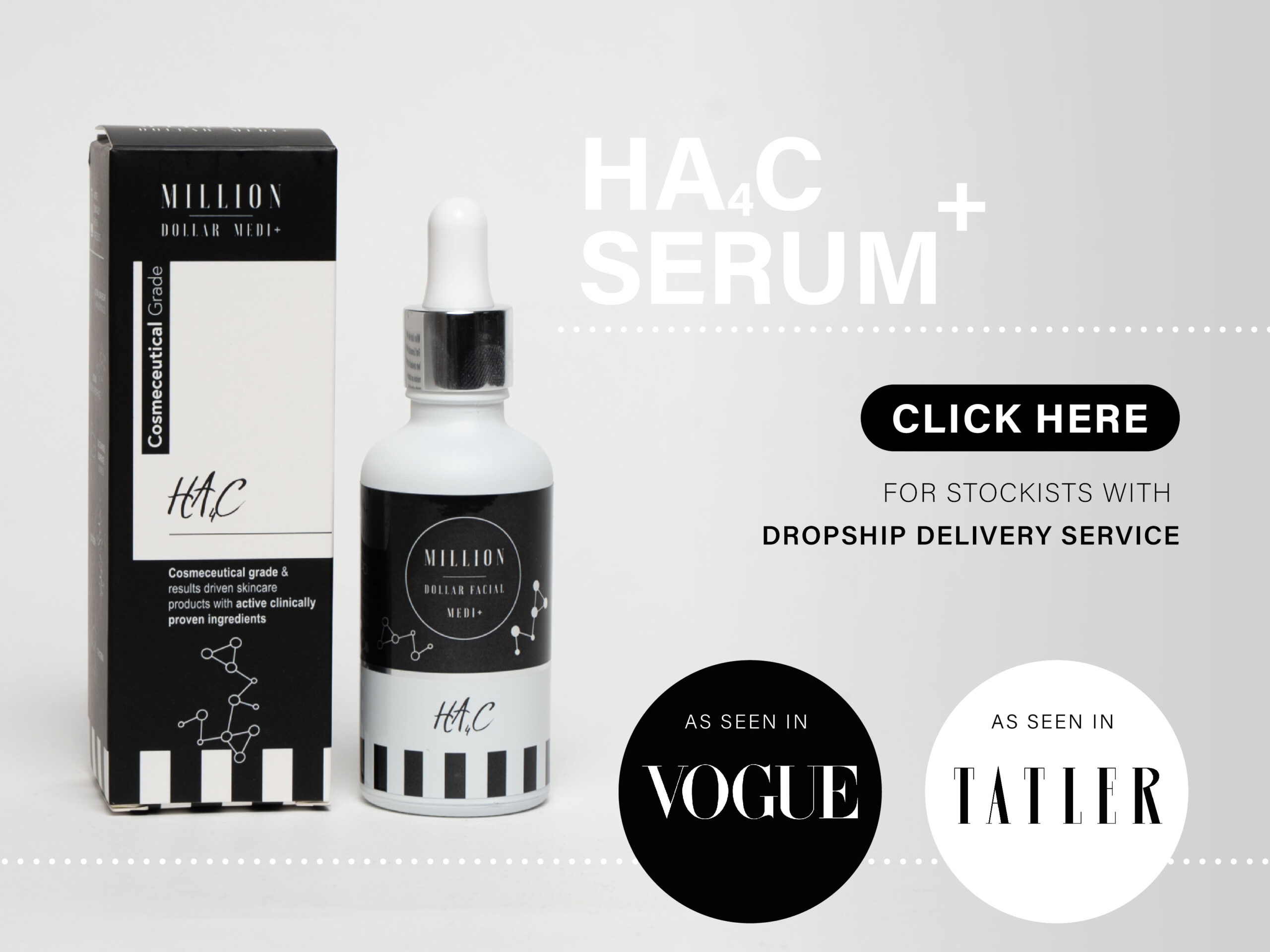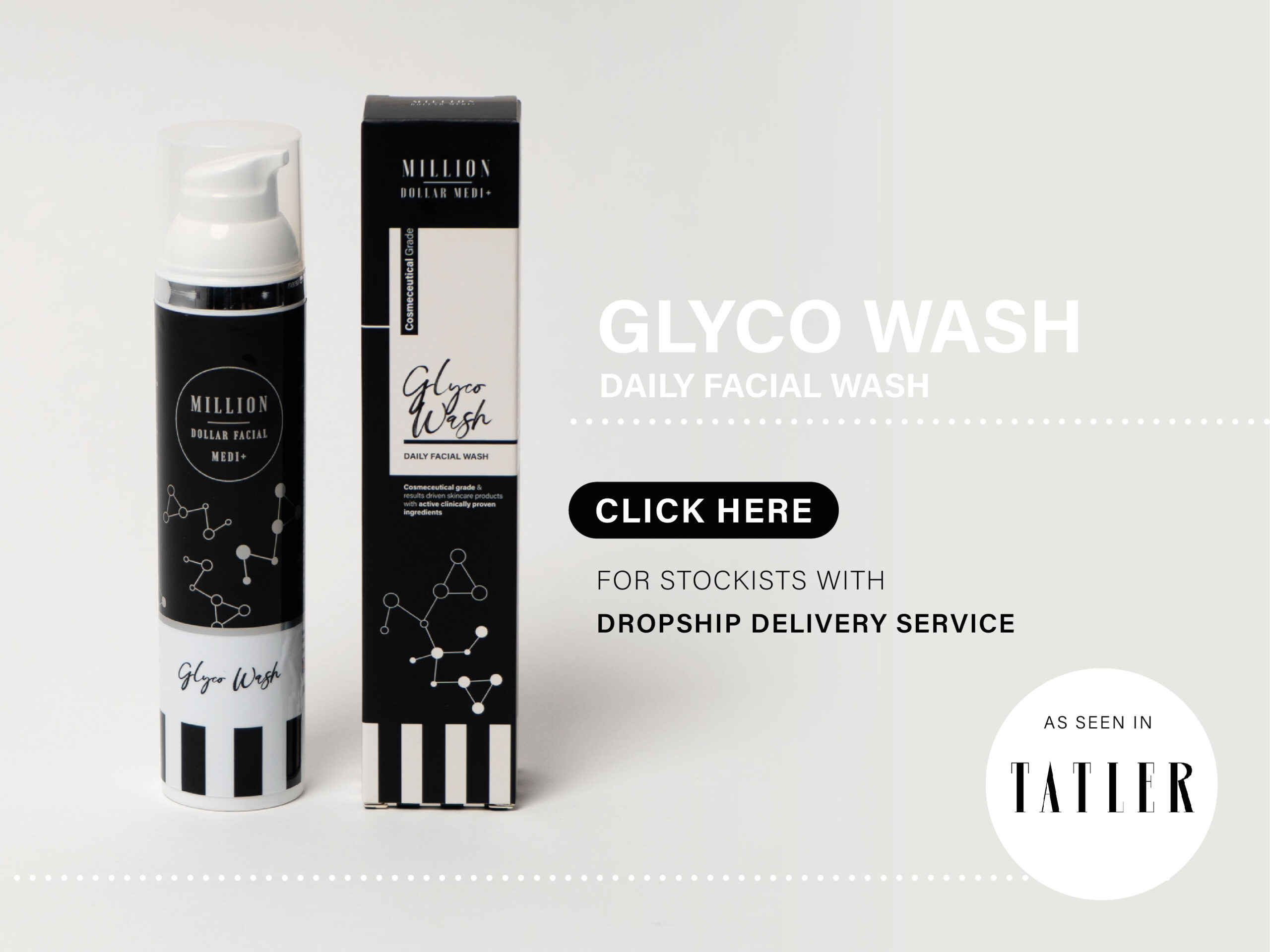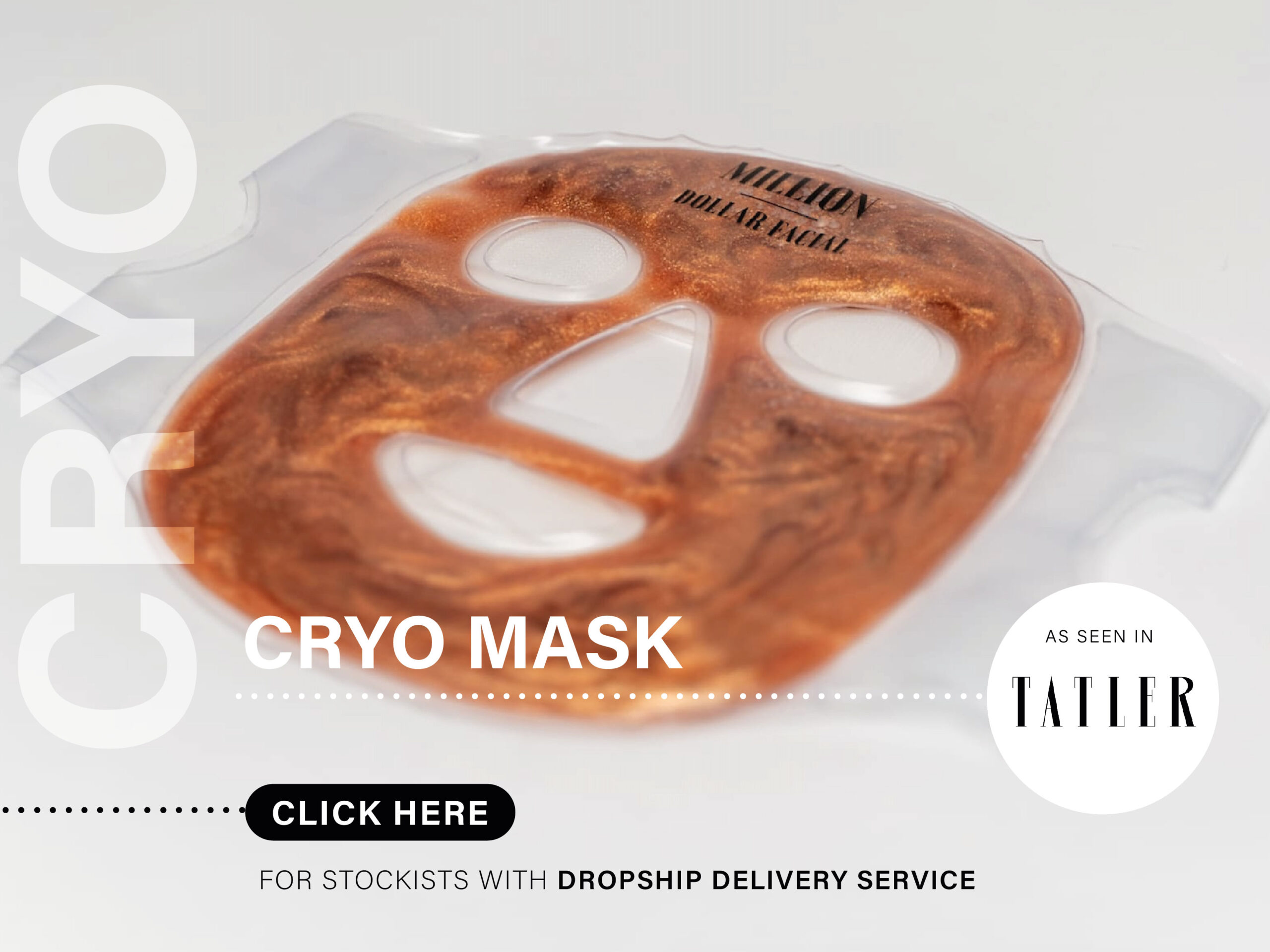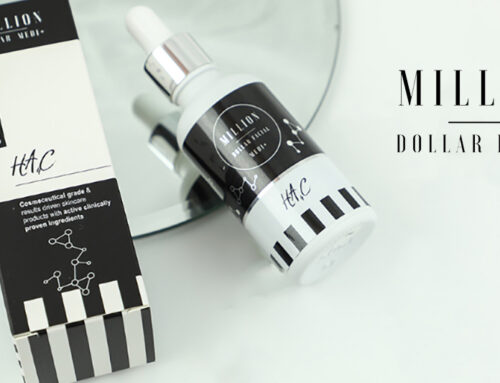Making the science simple!
So what is the big deal with Vitamin C?
There is loads of discussion about vitamin C and what is it good for but then, people talk about it being bad for acne, so what is the science?
Vitamin C is a scavenging molecule, but what does this mean?
We’ve all heard of free radicals and anti-oxidants but do we really know what these are and what they can do in the skin?

Free radicals are unstable oxygen atoms which is chemistry speak for a O- atom.
To make this easy to explain, if 2 have 02 (Oxygen) this is 2 O- atoms joined together.
O- + O- = O2
An O-atom on its own is unstable, it’s a free radical!!
When it joins to another O- atom it becomes more stable as O2 also known as oxygen.
If an O- unstable free radical joins to 2 Hydrogen (H) atoms it will become a new molecule H2O.
O- + H + H = H2O
This is 2 Hydrogen atoms and 1 O- atom or water, again this is stable.
If 2, O- unstable free radical joins to 1 Carbon (C) atom this becomes CO2 or carbon dioxide, again a stable molecule.
O- + O- + C = CO2
Free radicals O – are bad news, they are wild atoms which will bombard the body to try and join onto another atom to become stable. During this process, they will cause damage to proteins and blood vessels.
Free radicals come from metabolism, poor diets, poor metabolism, pollution, smoking and alcohol consumption!
High levels of free radicals in the skin means capillaries get damaged so the skin doesn’t get enough blood supply so nutrients aren’t delivered and toxins aren’t removed.
Collagen gets damaged and skin quality begins to decline.
Enter Vitamin C!!
Vitamin C is a hero and will scavenge free radicals out of the body to stop them doing damage. Free radicals love Vitamin C as they can pin to this molecule easily and become stable.
Vitamin C is an anti-oxidant i.e. an anti – O-
Humans have evolved and lost the ability to produce their own Vitamin C and we cannot
store it either so we can only get it from food or from skincare.
If you have it as a supplement in a vitamin tablet it will help remove free radicals from your body but if the small capillaries in the skin are already damaged then the dietary vitamin c will find it difficult it to transport the vitamin C to the dermis, so the free radicals continue to cause damage.
Thankfully Vitamin C is water soluble so when we apply it topically in skincare it is easily absorbed into the skin, mopping up free radicals.
The blood vessels and capillaries then get a chance to re-establish themselves as they are no longer being damaged by the free radicals and can now deliver nutrients to the skin and remove toxins so a brighter complexion can be achieved.
In a nutshell, Vitamin C is skin brightening agent because it removes free radicals therefore stopping damage which allows blood vessels to establish for healthier skin!
So what about the types of Vitamin C?
There are many types of Vitamin C molecules. All Vitamin C belongs to the Ascorbyl family of molecules.
You may have heard of:
L-ascorbic acid – this is the purest from of Vitamin C however it is very unstable and therefore can start to mop up free radicals in the air whilst it is in the bottle rendering it useless in the skin. You may have heard of this as oxidised.
Oxidised Vitamin C is Vitamin C which has already attracted lots of O- from the air a supposed to from the skin. It is dark brown.
Oxidised Vitamin C will be bright yellow or whitish in colour.
Fortunately, L-ascorbic acid can be made stable with Ferulic Acid and Vitamin E which means it will not oxidise in the bottle, it will remain stable until it reaches the low pH of the skin so it can do its anti-oxidant work there.
Other forms of Vitamin C are
Sodium Ascorbyl phosphate – a synthetic stable form of Vitamin C which activates on the skin.
Ascorbyl Palmitate – A stable form of Vitamin C from coconuts.
What about the different strengths?
The kind of Vitamin C and the strength of Vitamin C you will need depends on the number of free radicals you produce and the amount of damage that needs to be corrected.
The evidence shows that anything less than about 10% Vitamin C isn’t beneficial but there is no added benefit above 20% either.
So, a 10% Vitamin C is best for young people as a preventative measure to help protect the skin from free radical damage and delaying the ageing process.
A 20% is needed for older people with damaged skin or those with poor lifestyles who have a high number of free radicals.
So what about Vitamin C in acne?
This one is difficult to understand but let me try!!
Acne is caused by Propionibacterium acnes, which grow in an anaerobic environment eg: in the hair follicles where there is little or no oxygen.
However free radicals O- oxygen atoms actually inhibit the growth of this bacteria.
Therefore, if people with acne use too much Vitamin C too often, they can remove all the O- allowing the Propionibacterium acnes to grow uncontrolled.
People with acne prone skin should use Vitamin C at low strength every other day to help keep skin healthy without allowing the acne bacteria to grow in an uncontrolled way. The use of Salicylic Acid will help control the levels of Propionibacterium acnes bacteria too.
In summary
- Free radicals are bad news and damage the skin
- Vitamin C removes free radicals to prevent skin damage and restore skin health
- High strength Vitamin C for older people or those with poor lifestyles
- Lower strength Vitamin C for younger people to prevent ageing
- Acne prone skin should use Vitamin C low strength occasionally along with Salicylic Acid.








